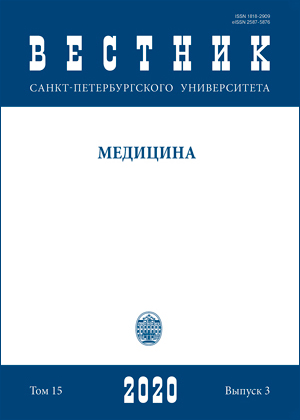Pharmacoresistance in epilepsy and ways for overcoming it (literature review)
DOI:
https://doi.org/10.21638/spbu11.2020.303Abstract
Epilepsy is the most taking place disease of the human nervous system. Despite the fact that we are continuously introducing new medicines into therapy of this illness we still are failing to take control over seizures in 1/3 cases. Persisting seizures gain considerable influence on patients’ living standard and within children audience cause delays in person maturity. Given article shows deep analysis of the last years researches which gave background to discover main mechanisms of pharmacoresistance. The issues of pathophysiological features of medicine resistance and reasons of false diagnostics are as well discussed. Authors highlighted few pathologic conditions where applied differential diagnostics allowed to avoid diagnostical mistakes. True definition of the certain seizures features according to the up to date classification makes it possible for clinical staff to prescribe correct anticonvulsant therapy, so far diminishing the risk of pseudo resistance outcome of disease. The article introduces criteria of natural resistance which if being recognized allows to perform dew time surgical treatment and therefore cuts seizures in most of the cases.
Keywords:
epilepsy, pharmacoresistance, classification, comorbidity, differential diagnosis, treatment
Downloads
References
References
Downloads
Published
How to Cite
Issue
Section
License
Articles of "Vestnik of Saint Petersburg University. Medicine" are open access distributed under the terms of the License Agreement with Saint Petersburg State University, which permits to the authors unrestricted distribution and self-archiving free of charge.




